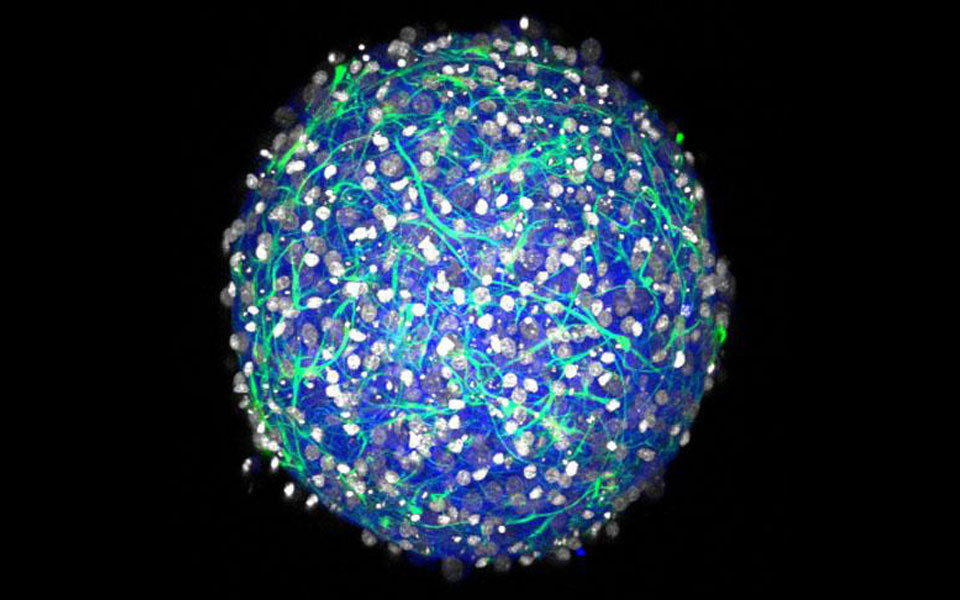
The problem with lasers is, they tend to generate just a single color or light.To get more than one hue requires actually combining more than one type of laser to produce red, green and blue. But researchers at Brown University have figured out a solution to creating small RGB lasers by using colloidal quantum dots, or CQDs. The idea of leveraging the properties of the thin film isn't new, but past attempts to use CQDs in semiconductor lasers have failed because the necessary energy tends to wind up as heat instead of light. The work around scientists found was to excite the various dot sizes with a laser then filter out original light source. Unfortunately, the solution is far from practical for use in commercial products, but it does represent a milestone in the march towards a single-material multi-wavelength laser. For more details check out the source link.
Researchers make an RGB laser with a regular laser and quantum dots originally appeared on Engadget on Tue, 01 May 2012 06:06:00 EDT. Please see our terms for use of feeds.
Permalink  Ars Technica
Ars Technica |
 Nature, Brown University
Nature, Brown University |
Email this |
Comments
 Growing brains in laboratories was just the start for scientists. Next up is vasculature. By studying the naturally occurring capillaries discovered on the mini-brains, researchers from Brown University say that they will be able to conduct bigger in...
Growing brains in laboratories was just the start for scientists. Next up is vasculature. By studying the naturally occurring capillaries discovered on the mini-brains, researchers from Brown University say that they will be able to conduct bigger in...
 Growing brains in laboratories was just the start for scientists. Next up is vasculature. By studying the naturally occurring capillaries discovered on the mini-brains, researchers from Brown University say that they will be able to conduct bigger in...
Growing brains in laboratories was just the start for scientists. Next up is vasculature. By studying the naturally occurring capillaries discovered on the mini-brains, researchers from Brown University say that they will be able to conduct bigger in...
 We used to think of Pluto a remote frigid rock, but since the New Horizons visit, it's vying for the title of the solar system's most interesting (ex-) planet. An earlier study showed that its core is warm enough to support a liquid water ocean, and...
We used to think of Pluto a remote frigid rock, but since the New Horizons visit, it's vying for the title of the solar system's most interesting (ex-) planet. An earlier study showed that its core is warm enough to support a liquid water ocean, and...
 Researchers at Brown University believe that they have established a link between Facebook use and depression. The study examined 264 people and tracked if, and when, they reported having an NFE: a Negative Facebook Experience. When that data was boi...
Researchers at Brown University believe that they have established a link between Facebook use and depression. The study examined 264 people and tracked if, and when, they reported having an NFE: a Negative Facebook Experience. When that data was boi...
 If you want to study the effects of drugs or transplants on the brain without operating on the real thing, you typically have to break out some microelectronics and build a model yourself. Not exactly convenient or cheap, is it? If Brown Universi...
If you want to study the effects of drugs or transplants on the brain without operating on the real thing, you typically have to break out some microelectronics and build a model yourself. Not exactly convenient or cheap, is it? If Brown Universi...



